Advances in materials and architecture could lead to silicon-free chip manufacturing thanks to a new type of transistor.
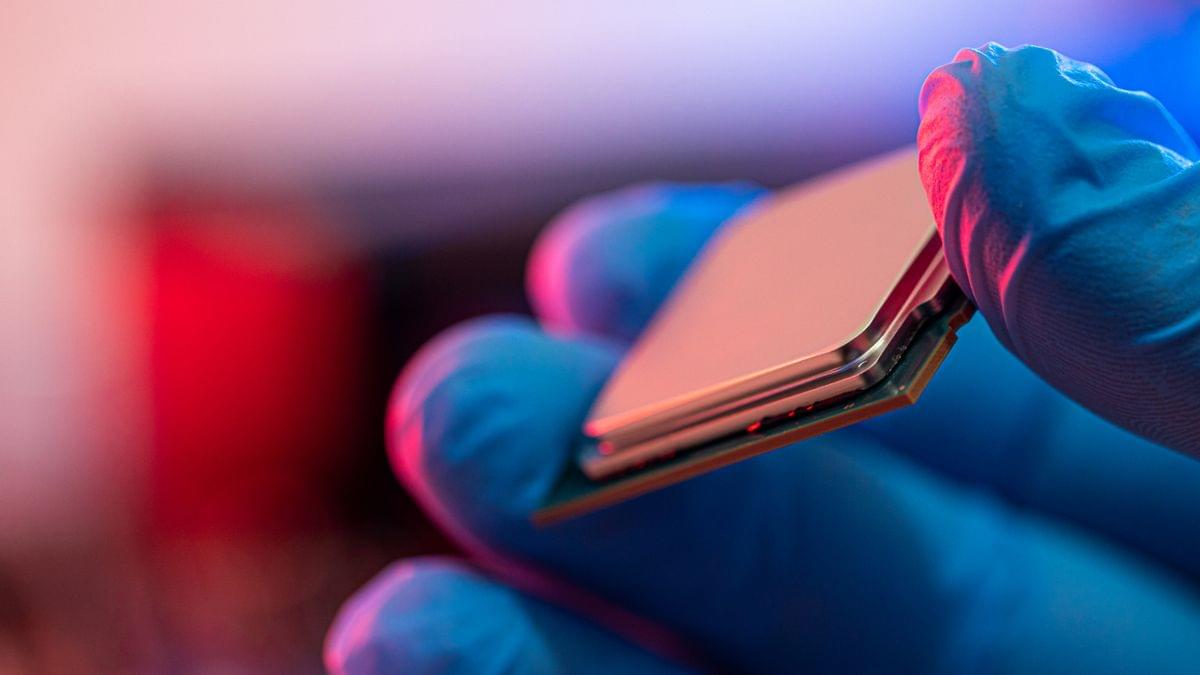

Try brilliant FREE for 30 days: https://brilliant.org/ihm/
And get 20% off an annual membership!
Can you implant lab-grown brain tissue to heal brain damage? Kind of. What if you also implant an electrical stimulation device? The next generation of brain implants may be the Organoid Brain-Computer Interface (OBCI).
Learn about: brain organoids, dendritic spines, synapses, presynaptic and postsynaptic neurons, neurotransmitters.
Story of Einstein’s Brain: https://www.npr.org/2005/04/18/4602913/the-long-strange-jour…eins-brain

A team of computer scientists and financial specialists at University College London has developed a tool to track the coordination efforts of pump-and-dump crypto coin scheme manipulators. They have published a paper on the arXiv preprint server describing their tool called Perseus, its purpose and how it works.
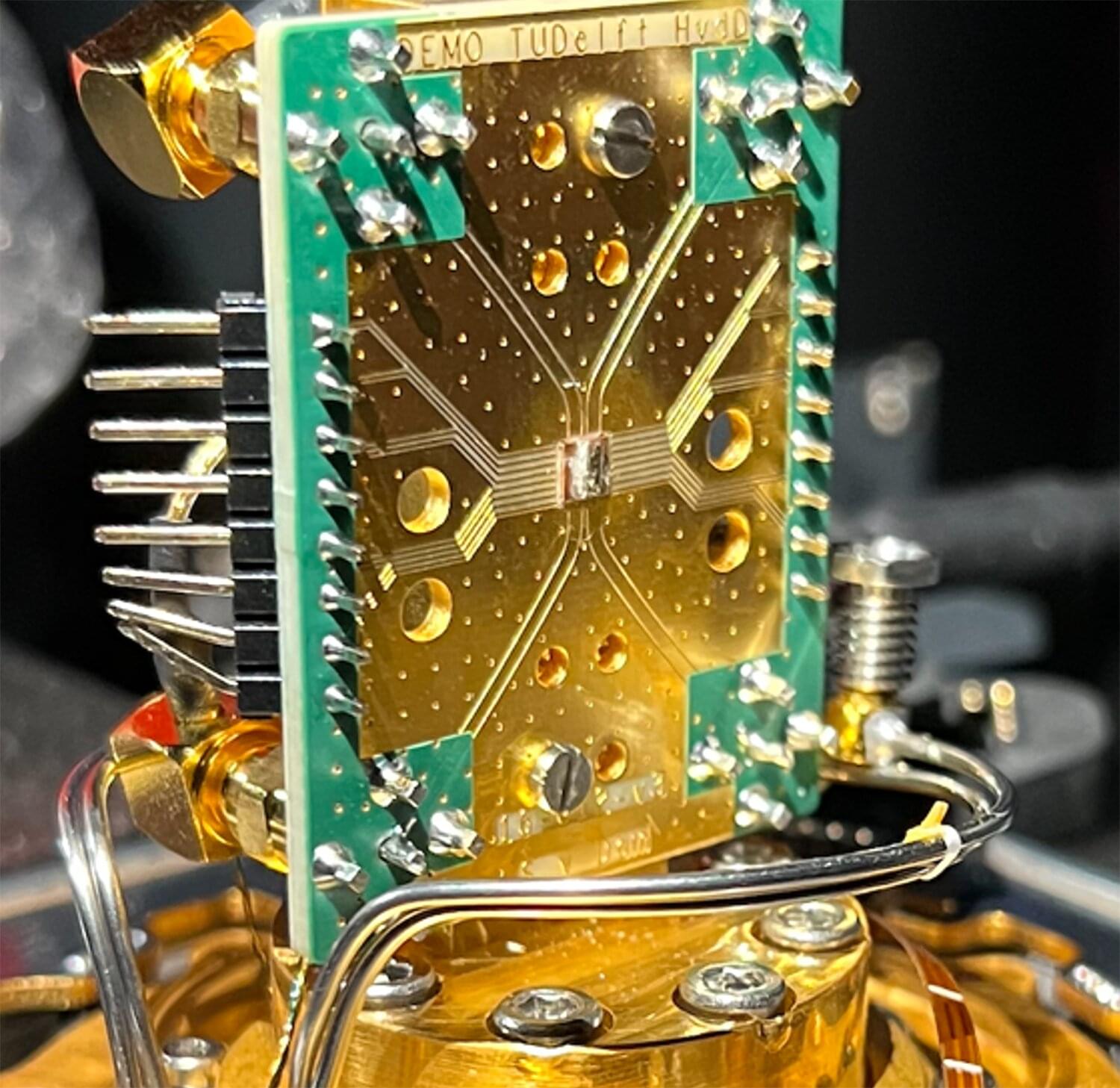
Researchers at QuTech, in collaboration with Fujitsu and Element Six, have demonstrated a complete set of quantum gates with error probabilities below 0.1%. While many challenges remain, being able to perform basic gate operations with errors occurring below this threshold, satisfies an important condition for future large-scale quantum computation. The research was published in Physical Review Applied on 21 March 2025.
Quantum computers are anticipated to be able to solve important problems that are beyond the capabilities of classical computers. Quantum computations are performed through a large sequence of basic operations, called quantum gates.
For a quantum computer to function, it is essential that all quantum gates are highly precise. The probability of an error during the gates must be below a threshold, typically of the order 0.1 to 1%. Only then, errors are rare enough for error correction methods to work successfully and ensure reliable computation with noisy components.
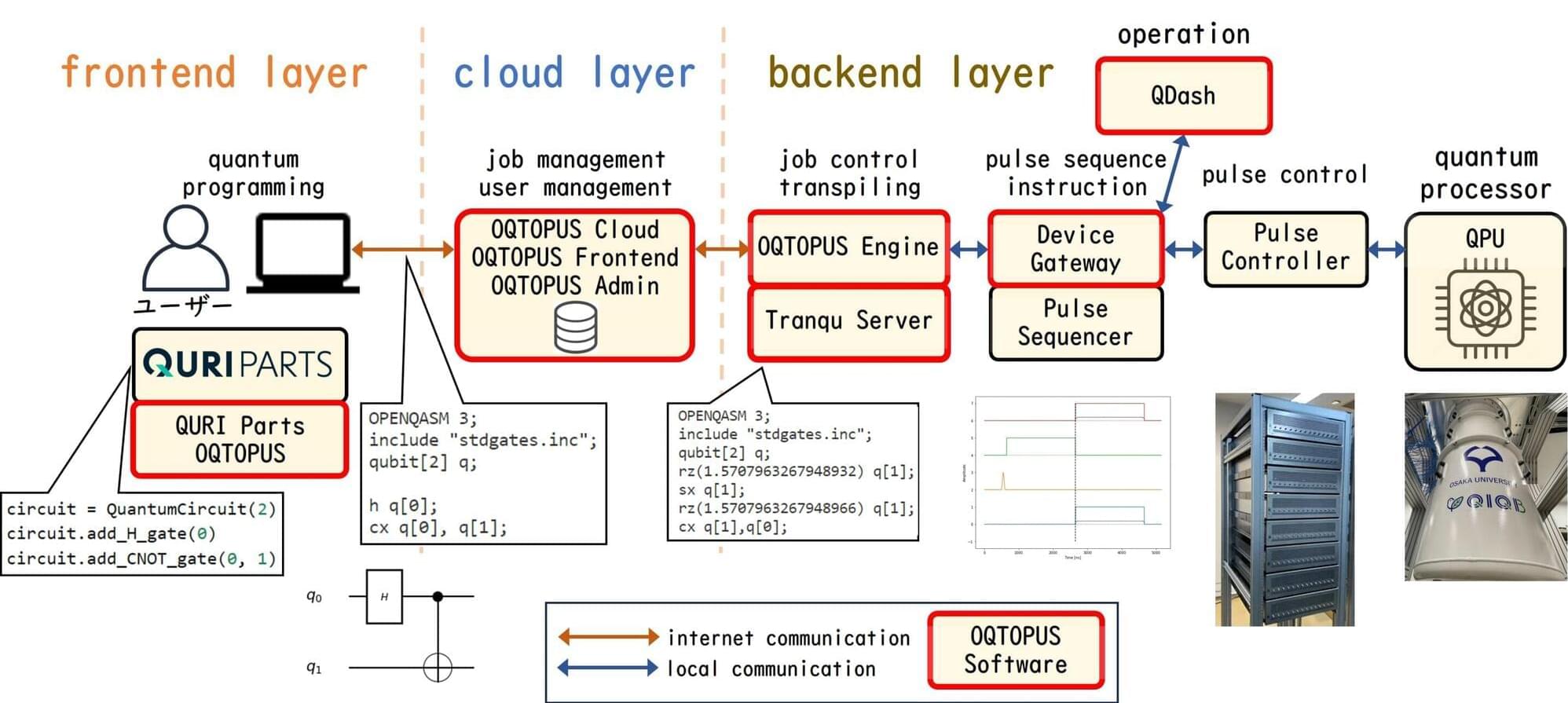
The University of Osaka, Fujitsu Limited, Systems Engineering Consultants Co., LTD. (SEC), and TIS Inc. (TIS) today announced the launch of an open-source operating system (OS) for quantum computers on GitHub, in what is one of the largest open-source initiatives of its kind globally. The Open Quantum Toolchain for Operators and Users (OQTOPUS) OS can be customized to meet individual user needs and is expected to help make practical quantum computing a reality.
Until now, universities and companies seeking to make their quantum computers accessible via the cloud have had to independently develop extensive software to enable cloud-based operation. By offering this open-source OS—covering everything from setup to operation—the research partners have lowered the barrier to deploying quantum computers in the cloud.
Additionally, quantum computing cloud service offered by the University of Osaka has begun integrating OQTOPUS into its operations and Fujitsu Limited will make it available for research partners using its quantum computers in the second half of 2025.
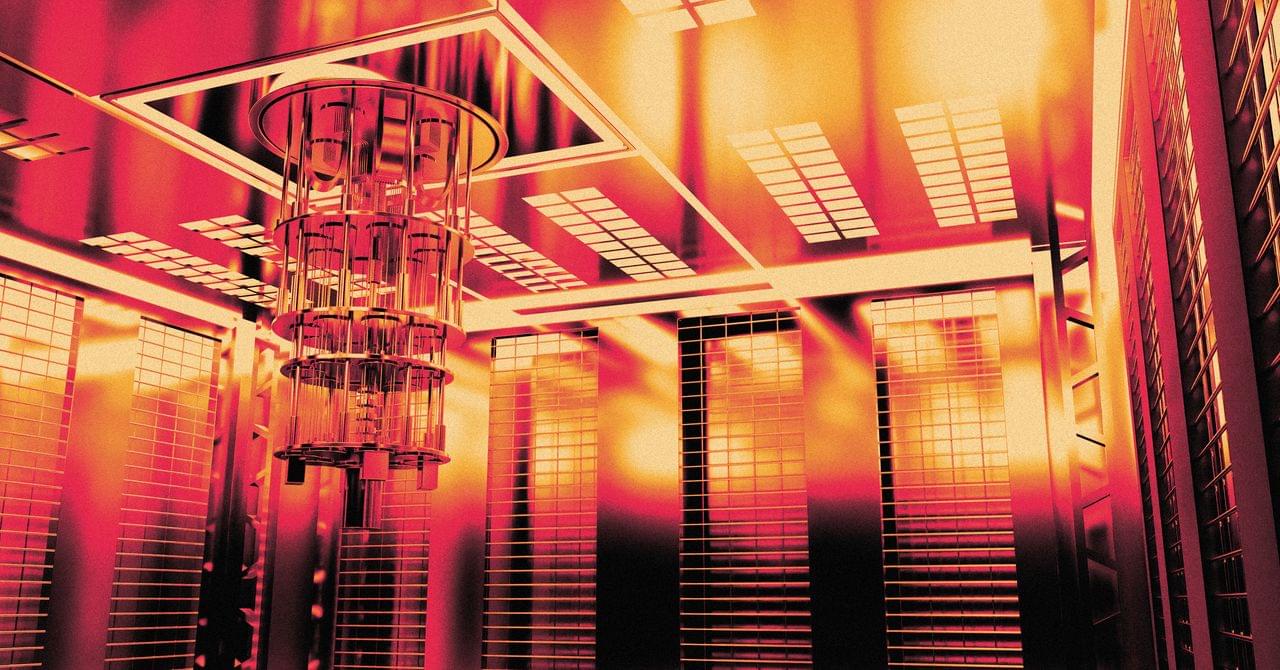
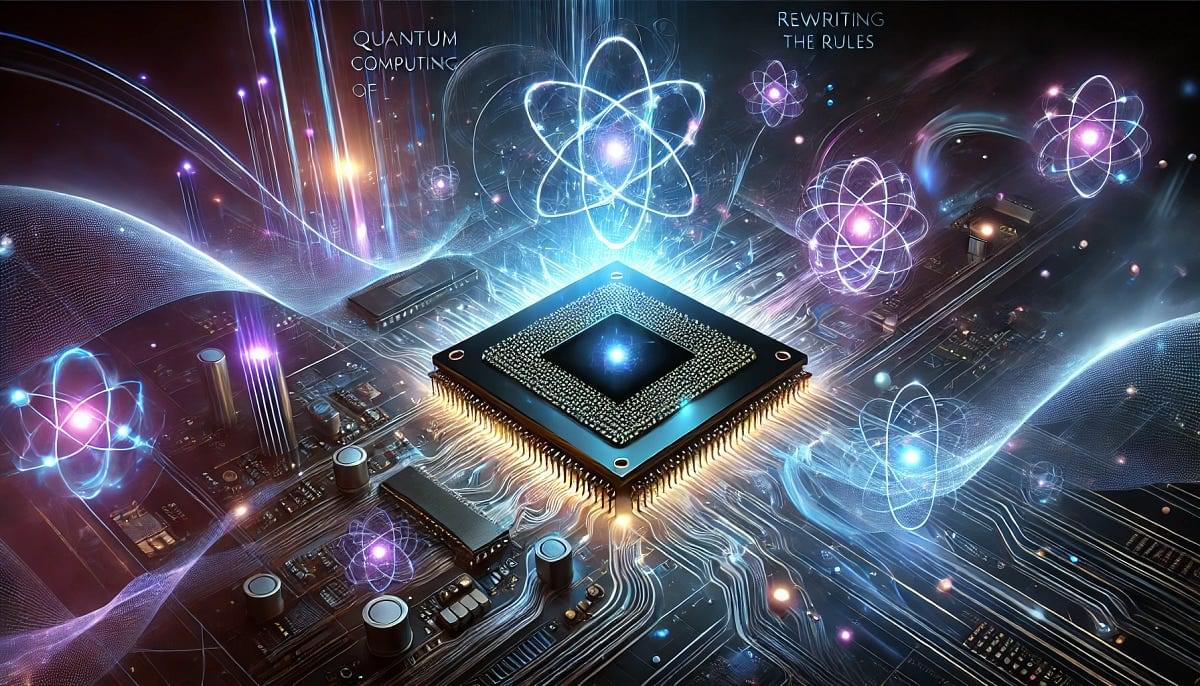
For as long as we’ve been building computers, it feels like we’ve been speaking the same language — the language of bits. Think of bits as tiny switches, each stubbornly stuck in either an ‘on’ or ‘off’ position, representing the 1s and 0s that underpin everything digital. And for decades, refining these switches, making them smaller and faster, has been the name of the game. We’ve ridden the wave of Moore’s Law, achieving incredible feats of computation with this binary system. But what if, perhaps, we’ve been looking at computation in just black and white, when a whole spectrum of possibilities exists?
Bravyi, Dial, Gambetta, Gil, and Nazario from IBM Quantum in “The Future of Quantum Computing with Superconducting Qubits” say.
For the first time in history, we are seeing a branching point in computing paradigms with the emergence of quantum processing units (QPUs).


In recent years, many engineers have been trying to develop hardware components that could emulate the functions of various biological systems, including synapses, the human skin and nerves. These bio-inspired systems include what are referred to as artificial nerves, systems designed to emulate the role of nerves in the body of humans and other animals.
Artificial nerves could be useful for a wide range of applications, ranging from systems for repairing damaged nerves to brain-computer interfaces, highly precise sensors and other advanced electronics. So far, however, the engineering of nerve-inspired systems that operate at biologically compatible frequencies and realistically replicate the function of nerves has proved challenging.
Researchers at Xi’an Jiaotong University in China and Technical University of Munich recently developed a new high-frequency artificial nerve with a unique design that optimizes the transport of ions and electrons, while also rapidly responding to signals and retaining charge-related information. This nerve-inspired system, introduced in a paper published in Nature Electronics, is based on homogenously integrated organic electrochemical transistors.
Adopting a new visual aesthetic.